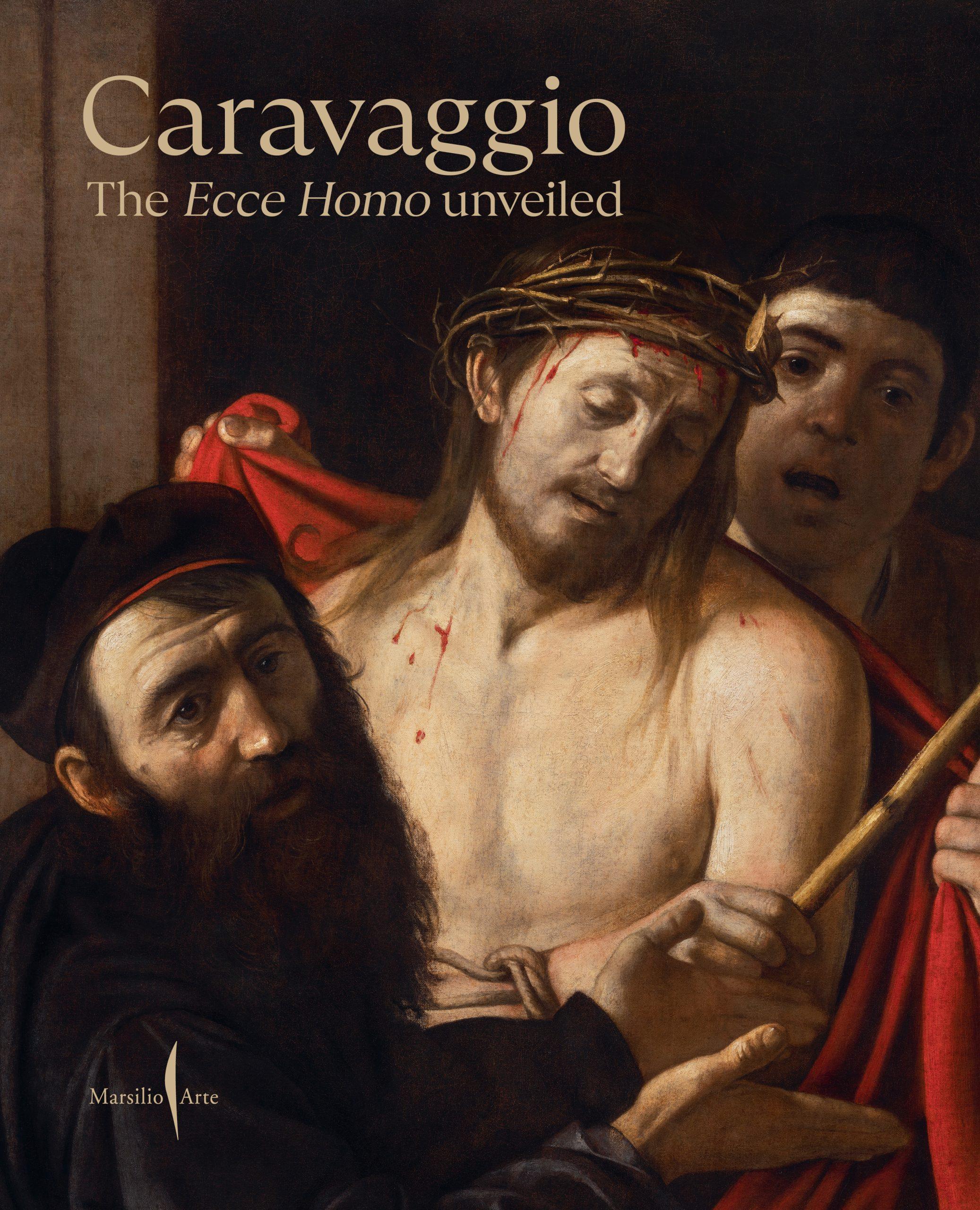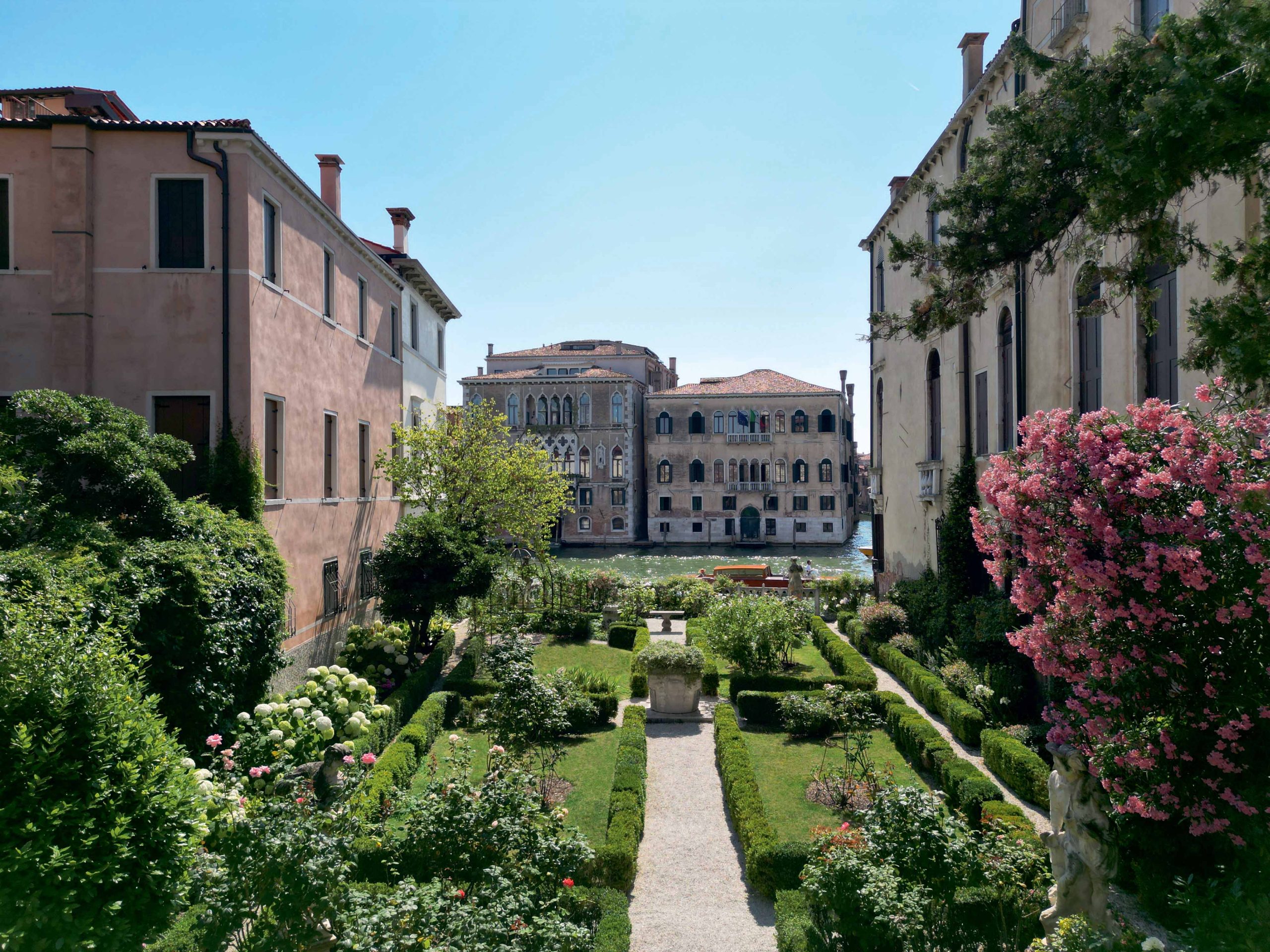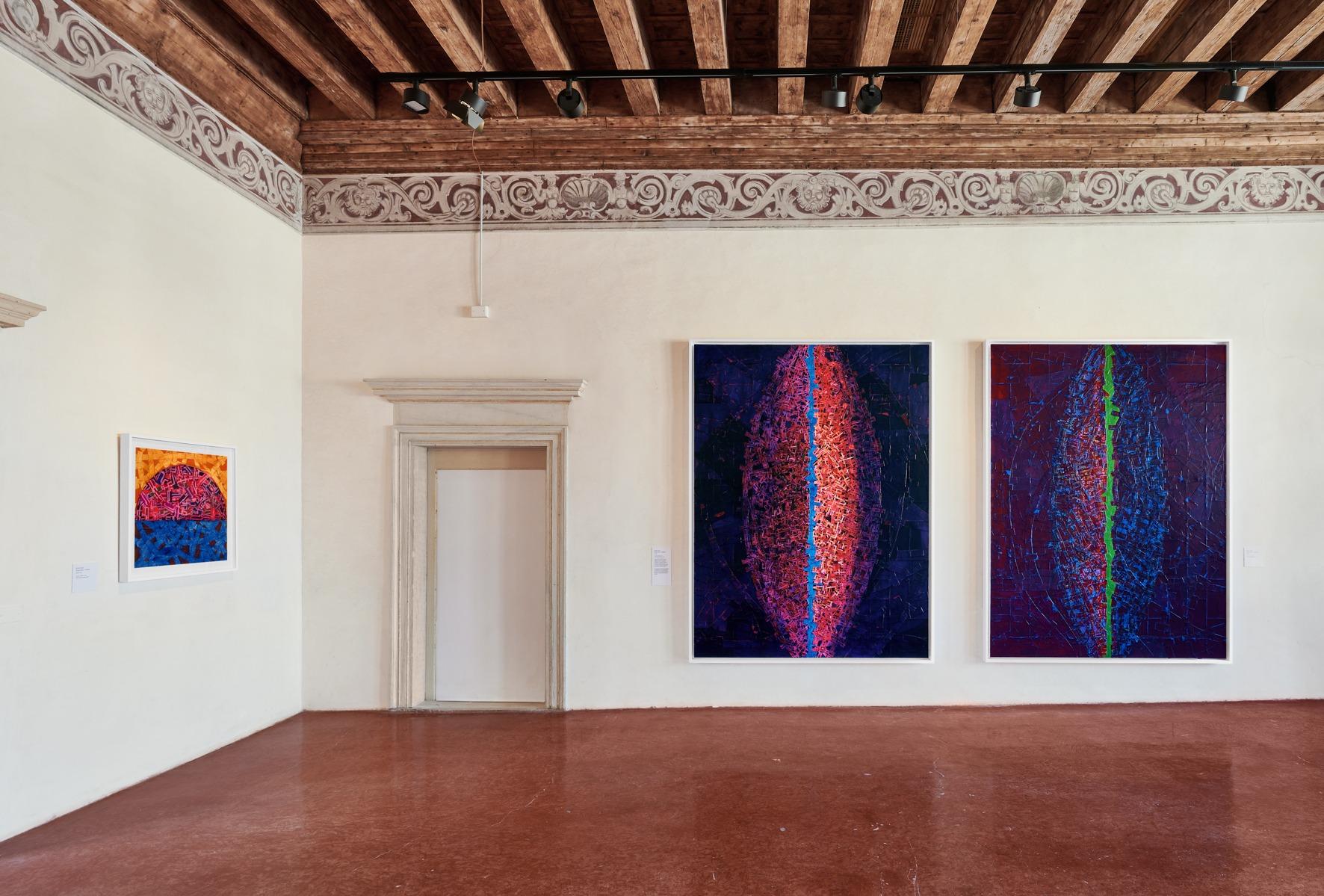Until 23 February 2025, the Prado Museum in Madrid is exhibiting Ecce Homo, which was attributed to Caravaggio after it appeared in an auction catalogue in 2021. We asked the art historian Maria Cristina Terzaghi, one of the scholars who declared the authenticity of the work, to tell us in detail about this discovery
When, in the spring of 2021, Ecce Homo appeared in an auction catalogue in Madrid attributed to a painter from Jusepe de Ribera’s circle, the work had a starting value of €1,500. However, when its image was disclosed and reached the international scientific community, some scholars recognized the hand of Caravaggio in it. The painting was never sold, but the rest of the story is told by Maria Cristina Terzaghi, editor, along with Keith Christiansen, Gianni Papi and Giuseppe Porzio, of the first monograph dedicated to this rediscovered masterpiece, published by Marsilio Arte.
The news of the attribution of the Ecce Homo in Madrid to Caravaggio went around the world. Can you briefly tell us the details of this story?
In brief: in April 2021 a painting depicting Ecce Homo appeared at an auction in Madrid with the attribution to the Ribera School and a very low starting price. The painting was online and so some dealers and art historians quickly realized that it was something more important. It is difficult to establish who was the first because you would have to check the Internet access or WhatsApp history of the people who figured it out, however, as far as I am concerned, I can say that I was the only art historian who, despite the lockdowns the world was still laboriously navigating through, took the plane to get to Madrid to see the work. In fact, I was very worried that after the auction I would never be able to see it again. In the end the sale never took place. The owners withdrew the painting, the export of which in the meantime had been blocked by the Spanish state, which declared it an asset of national interest. The Prado Museum had realized the importance of the work, even asking for confirmation from a few specialists, including myself.
What stylistic, iconographic and historical aspects made this attribution possible?
That question is not easy to answer. An attribution, as Mina Gregori masterfully explained, building on an idea of Roberto Longhi’s, occurs because the work in front of one is compared to an interior museum in which a repertoire of images has been built up by dint of expertise in works produced by a certain artist. It is familiarity with the work of a painter that makes us able to recognize him. After all, there is a completely human component: the physiognomy of a loved one can be recognized even in the dark, or changed over time, it is the familiarity with their appearance that makes recognition easy, sometimes even from minimal details. The same happens with paintings.
With regards to the Ecce Homo, I believe that the most recognizable figures were that of the henchman in the background, with that wonderful wide-open mouth, and that of Pilate. In my opinion the figure of Christ was less obvious. With regards the history of the canvas, it had been known for a while that Caravaggio had created an Ecce Homo and, at least as far as I was concerned, I immediately thought it was the one that had belonged to the Count of Castrillo, the viceroy of Naples, for which I had the inventory and measurements to hand, and in fact I immediately noticed they were compatible with the painting that appeared in Madrid.
Any time anyone talks about Caravaggio, the attention of enthusiasts and professionals is very high. What makes Merisi an undisputed “star” of art?
Caravaggio possesses two unique characteristics, his paintings are true and human, two things that have always moved those who have come into contact with his work, and perhaps for that very reason he has always been perceived as modern. Always, even by his contemporaries. Already in 1603-04, they said of him: “His manner (i.e. style) is wonderfully suited to be followed by young people”, when he still had yet to produce many of his masterpieces. We continue to feel that way today: he has not succumbed to fashions, he has not aged as tastes have inevitably undergone transformations and changes – quite the contrary, he seems rejuvenated. In my opinion, these are the paths that lead us to comprehend that beauty and truth are, to an extent, eternal.
What will the future of Ecce Homo be in Madrid?
Its future is already present: it was purchased by a collector who I consider very enlightened, since they allowed the Prado Museum to display it for everyone to admire. In turn, the museum has generously offered to hold and care for it. I imagine that this undertaking can also be repeated in other museum or at other times. As everyone had intuited, despite being privately owned, the painting is of considerable public interest, an example of world heritage.
Interview by Arianna Testino
BIO
Maria Cristina Terzaghi is associate professor of the history of modern art at Roma Tre University and a member of the scientific committee at the Capodimonte Museum in Naples.
Cover photo: Ecce Homo by Caravaggio in room 8 A. Museo Nacional del Prado. Photo © Museo Nacional del Prado
Related products
Related Articles







